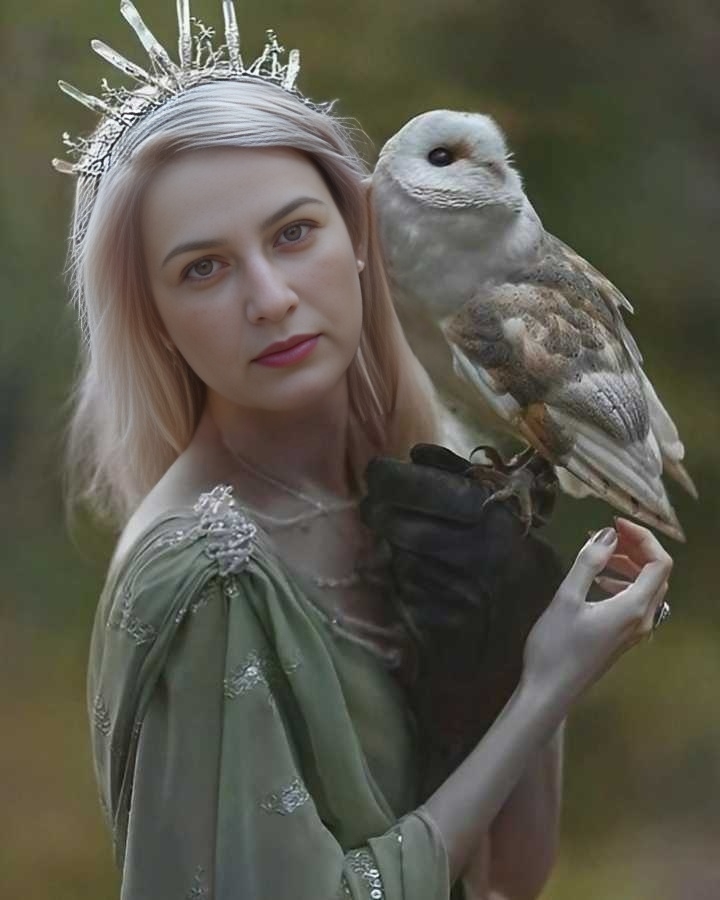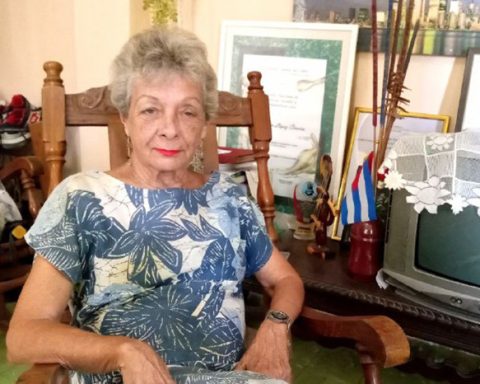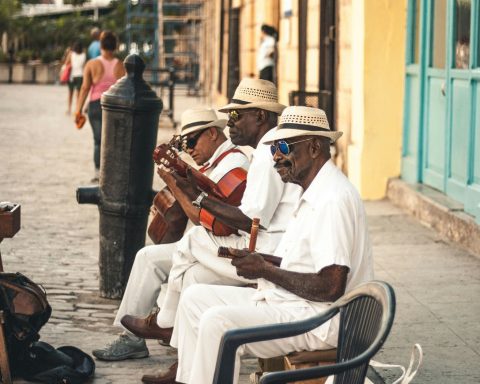|
Getting your Trinity Audio player ready...
|
Throughout history, witches have been mainly portrayed as female due to cultural and religious beliefs that attributed female power and influence to dark forces. These beliefs have been driven by a fear of female education, economic independence, and social power, and have created a long-standing perception of the woman as a witch.
Throughout history, the image of the witch has been predominantly female. The historical association between women and witchcraft has been pervasive and long lasting. This gender bias has been largely driven by both societal and religious conceptions. In pre-modern society, women were often seen as belonging to a separate and dangerous realm of magic and superstition that was different than understood by male norms and values.
In addition, misogynistic religious beliefs often attributed female-oriented power and influence to dark forces and the devil. Along with this cultural stigma, fears of female education, economic independence, and social power were often projected onto women who were accused of witchcraft. All of these factors worked together to fuel the long-standing perception of the woman as a witch.
Societal Factors
Women, particularly those who did not conform to societal norms, were often the targets of witchcraft accusations1. Women who were too rich, too poor, or simply too female were often accused [1]. The majority of those accused were also poor and elderly; many were widows, and menopausal and post-menopausal women are disproportionally represented among them [2].
Societal and religious beliefs about women had a significant influence on witchcraft accusations. In many cultures, the existence of witches was seen as a reflection of the inferior and subservient status of women in society. From the fifteenth to the seventeenth centuries, women were seen as being naturally inclined to sorcery and witchcraft because of their weaker moral capacity and their association with the spirit world. During this time, witchcraft was also believed to be an act of rebellion against male authority, with witch hunts primarily targeting female witches because of their perceived capacity to challenge patriarchal hegemony.
Religious Factors
Religious beliefs played a significant role in the gender bias of witchcraft accusations. The Puritans believed that women were more likely to be tempted by the Devil, recalling Eve and her sinful apple1. Women were regarded as impediments to true spirituality and union with God, which helps explain why investigators focused on women and ignored men [3].
Religious attitudes also placed greater emphasis on women and their spiritual significance. Women were seen as closer to the divine and were therefore seen as more prone to engage in activities such as witchcraft. Witch hunts during the European Middle Ages were often led by religious figures, with women more likely to be subjected to torture and death than men. This was in part due to the gender binary constructed by the Church, which placed women in a less favorable light.
Economic Factors
Economic factors also contributed to the gender bias in witchcraft accusations. Women held a precarious, mostly powerless position within the deeply religious Puritan community1. The few Puritan men tried for witchcraft were mostly the husbands or brothers of alleged female witches [1].
In terms of economics, female witches were also targeted as they were perceived to be a threat to the male-dominated power structures of the time. Women were seen as a potential financial drain due to their inability to own property, and the accusation of witchcraft was often used as a form of control over their land and assets. By accusing a woman of witchcraft and ostracizing her from society, men were able to retain power and control over women’s economic lives, limiting their autonomy and their ability to participate in public life.
Conclusion
In conclusion, the gender bias in witchcraft accusations throughout history can be attributed to a combination of societal, religious, and economic factors. These factors converged to create a climate of fear and suspicion, predominantly targeting women. Understanding this historical bias is crucial for recognizing and challenging gender biases in our society today.
The female-dominated image of witchcraft was heavily influenced by societal and religious attitudes that marginalized women and placed them in a subordinate position. Furthermore, economic factors encouraged men to target female witches to maintain control over their land and assets. By examining these historical examples, we can better understand the various factors that have shaped our cultural understanding of witches and their disproportionate representation as female.












